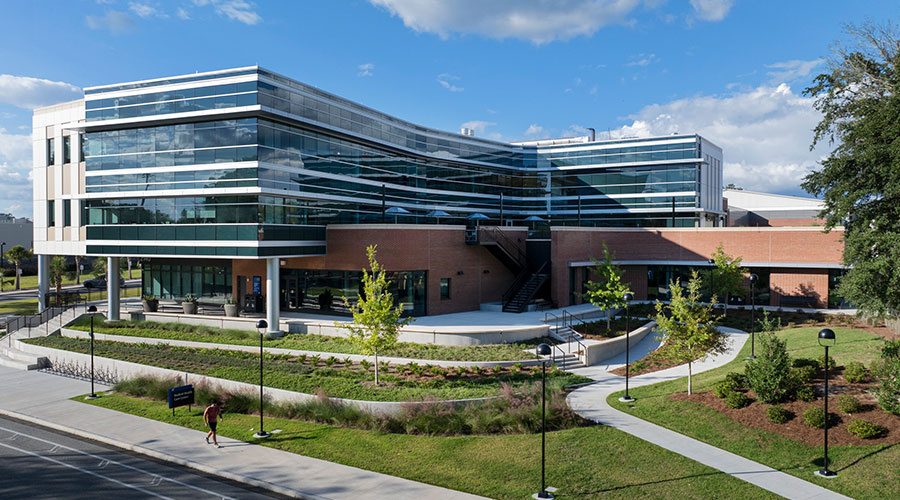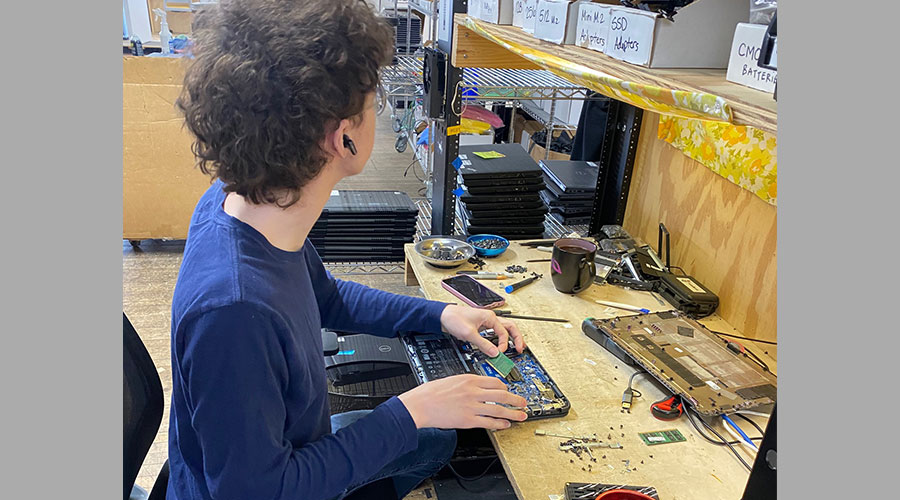Educating the Supply Chain Key to Sustainable Healthcare Interiors
Once decision makers at the facility are agreed on what sustainability means and what they want to achieve, the next group that might require education is the supply chain. Even though there have been so many great strides made in the green building movement, healthcare has lagged in joining the party, says Michele Van Hyfte, environmental stewardship manager for Seton Healthcare Family. Because healthcare facilities have not been overwhelmingly focused on sustainability in interiors products, the manufacturers and suppliers for that industry have also lagged. But that is changing as the industry recognizes there are other considerations to be made beyond the medicine, she says.
"That's just part of the whole educational process of market transformation," Van Hyfte says. "It's really important to always have a very positive open dialogue and be willing to educate anyone who says, 'Well, we haven't really been tracking that. We don't have that data but we could probably go get it. Help me understand what that means.'"
Van Hyfte had first-hand experience with educating the supply chain during the materials selection for Dell Children’s Medical Center of Central Texas in Austin’s South Tower addition. Or rather, her suppliers did. When the medical equipment supplier and furniture consultant went out to source items for the project that would comply with LEED for Healthcare standards, in which it earned Platinum, they found there was a lack of necessary information in their own supply chains.
For example, the power consumption used by each piece of medical equipment is something that's included in the LEED for Healthcare criteria. But a medical equipment supplier might not know the energy consumption of a piece of equipment. "That might not be a piece of data the supplier has been used to sharing with their customers," Van Hyfte says. Though they didn't always easily find the information that they wanted, the projects suppliers and consultants established a dialogue with their suppliers and manufacturers, to positive results and were able to educate that market along the way, she says.
The education process hopefully continues even after a project, through peer-to-peer sharing of best practices. "The thing I benefit most from is people willing to share their information," says Besse. "If I've found something that works great, there's no reason I should try and keep that to myself. Everybody wants to show off their latest and greatest and their shiny, but how did you get there? It's a hard road to go and if you can help other people to get there, you should."
Related Topics:












